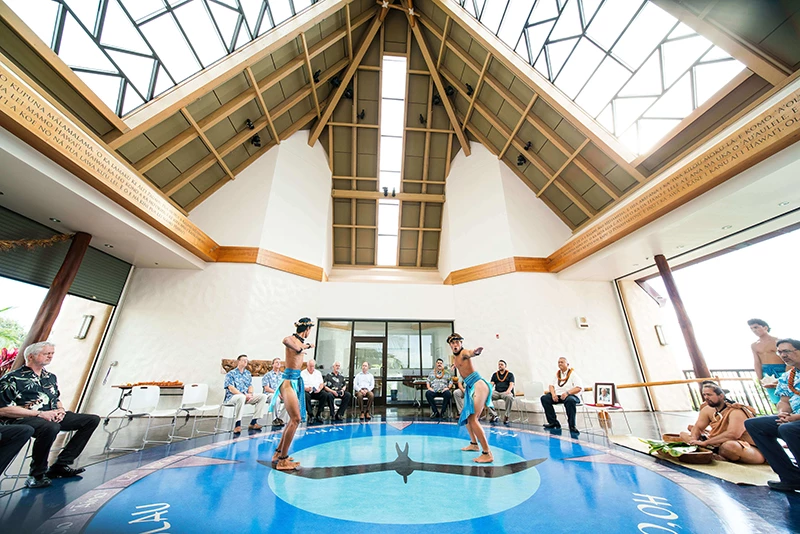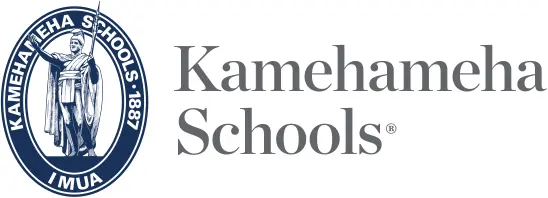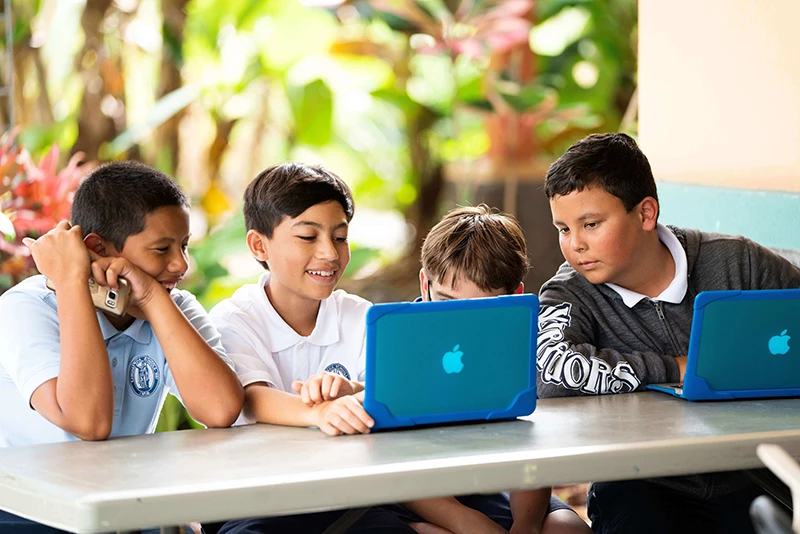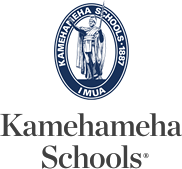There’s a lot of action at Kamehameha Schools lately!
Ever since the draft strategic plan was approved in July 2014, action planning has been in high gear. The purpose of action planning is to advance Kamehameha Schools’ top priorities for the next five years.
More specifically, action planning teams will provide KS leadership with recommendations for the initiatives and supporting processes necessary to achieve the goals in the new strategic plan.
“The strategic plan goals are ambitious and far-reaching,” said Lauren Nahme, director of Strategic Planning and Implementation. “We’ve assembled teams of talented and passionate people to tackle each of the five goals, and we’re excited to see how the teams’ collective ideas and innovative approaches will lead us forward.”
Figuring out how to implement strategic priorities is an ongoing question. “Implementing new ideas in a big organization is never easy,” said Pono Ma‘a, who leads the action planning team focused on improving the educational system (Goal 2). “I’m encouraged by our team’s work so far, but we’ll need the expertise of many other people—in and out of the organization—to succeed.”
About 130 KS employees are involved in the Strategic Plan 2020 action planning teams, which include regional planning teams that will contribute additional recommendations that intersect the five goals of the strategic plan and are tailored to individual regions.
This regional approach is complemented by a statewide strategy to create “collective impact” at both the state and regional levels. Successful models at the regional level will support improvement of the broader educational system. (For more on collective impact, view a short video of CEO Jack Wong in the employee section of KS' Progress and Promise website.)
“Kamehameha Schools intends to have a presence in every region that serves Native Hawaiians,” said Chief of Staff Walter Thoemmes, who leads the 15-member regional steering committee. “Regions are key in the way we work. Our preschools and literacy programs, for example, are based on regional considerations. Looking ahead, different strategies will be needed in different regions so we can have the greatest impact on Native Hawaiians in the shortest time possible.”
Kamehameha Schools’ methods of operationalizing a regional approach are still in progress. To date, the following regions have been identified in the planning efforts.
- East Hawai‘i
- Leeward O‘ahu
- Honolulu
- West Hawai‘i
- Maui
- Windward O‘ahu
- Kaua‘i
- Central O‘ahu
- North Shore O‘ahu
Discussions about the regional approach were based on questions such as, Where are the Native Hawaiians? Is there a need for Kamehameha Schools in the region? How would focus in the region support goals of 2015–2020 strategic plan?
After assessing these factors, the regional steering committee and KS executives identified East Hawaiʻi, Leeward Oʻahu, Honolulu, and West Hawaiʻi as the first regions to go through detailed action planning.
Action planning and regional planning will continue through December. Before year’s end, the teams will produce action plan documents that will guide the organization’s next steps and resource allocation decisions. For regions other than East Hawaiʻi, Leeward Oʻahu, Honolulu, and West Hawaiʻi, action plans will be presented in mid-2015.
EMPLOYEE SURVEY RESULTS
Mahalo to those who took last month’s staff survey about the strategic plan. Here are some highlights of the results:
- Out of 2,300 employees, 784 (34 percent) took the survey.
- About four in five employees (79 percent) are supportive of the direction set for KS (see figure).
- Most employees (70 percent) prefer to receive information about the strategic plan in person.
- Based on employee comments, the areas of greatest concern are implementation, communication, and the extent of our commitments.
Be on the lookout for more detailed information as members of the Executive Leadership Team share survey findings in upcoming weeks.
Action Planning Teams
Moving SP 2020 forward called for the creation of action planning teams organized by goals and by regions to ensure the greatest impact on the communities KS serves. The teams oversee:
GOAL 1
Network of Native Hawaiian Schools: Focusing on network building among Kula Hawai‘i and strengthening schools and learner outcomes within the network.
GOAL 2
Improved Educational System: Focusing on KS readiness and statewide partnerships for system change.
GOAL 3
Native Hawaiian Identity: Focusing on pillars of Native Hawaiian identity and increased alignment of governance, workforce, educational programs, ‘āina, and ‘ōlelo Hawai‘i.
GOAL 4
High-performing Native Hawaiian Organization: Focusing on integration of people, leadership, governance, performance management, and technology and information systems.
GOAL 5
Impact-driven Resource Management: Focusing on fund development, financial resource model, and management of financial and real estate assets.
The additional action planning teams are set up by regions served by KS including: Wai‘anae, West Hawai‘i, East Hawai‘i, and Honolulu. CLICK HERE for a roster of all action planning team members.
To learn more about the many facets of SP 2020, visit the of the employee section of KS’ Progress and Promise website.
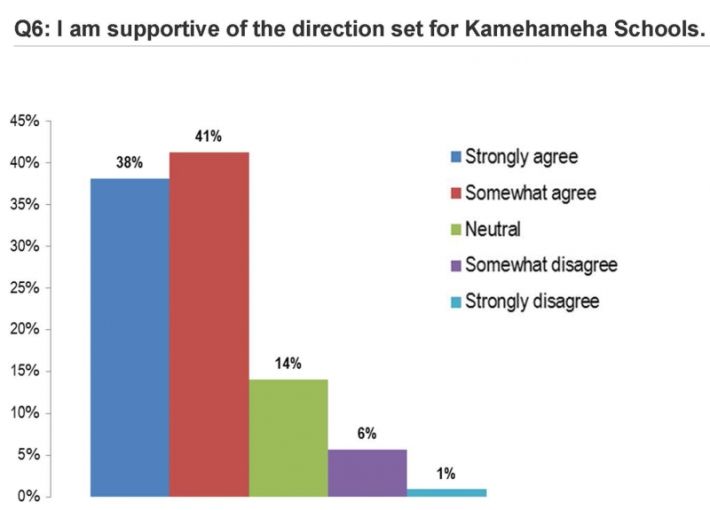
A staff survey showed that about four in five employees (79 percent) are supportive of the direction set for KS.
TAGS
CATEGORIES
Kaipuolono Article, Newsroom, Department News, Features, Organization Change, Strategic Planning and Implementation, Strategic Plan
Print with photos
Print text only

